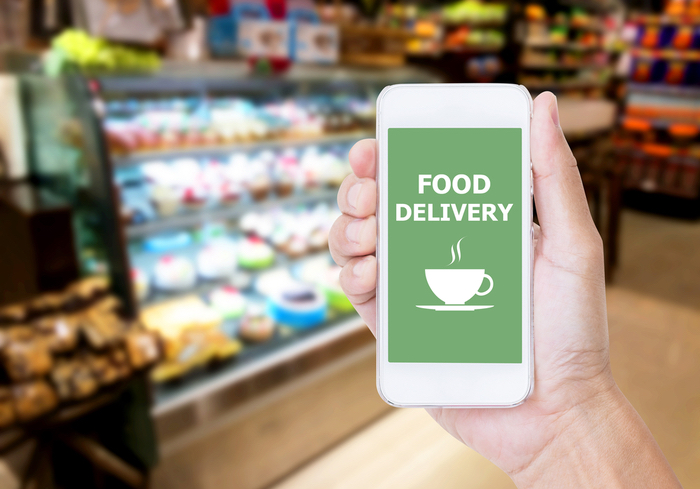Emerging Restaurant Delivery Services Take Hold In Small Cities

Those hungry for takeout in many cities can choose from a variety of restaurant delivery services. But that’s not the case for some cities, such as Youngstown, Ohio.
The on-demand economy hasn’t yet taken off in Youngstown, according to Grubdom Founder Jay White, who hopes to change that with a website and forthcoming mobile app that will allow local diners to order grub from local restaurants.
White, who’s from Youngstown and now lives in New York, noticed that his hometown didn’t have as many delivery choices as other cities. So, he set out to make a change.
“I noticed that there was a void that needed to be filled,” White said.
As a result, he developed Grubdom, a web-based food ordering platform similar to Uber Eats or Seamless that allows people in greater Youngstown to order dinner or a late night snack for pickup or delivery. In addition, the service allows diners to make table reservations when the restaurant allows.
As Youngstown, Ohio, is near the Pennsylvanian border, the platform serves both Youngstown and a small portion of western Pennsylvania.
The Grubdom Model
White wanted to give restaurants more options to reach diners than just through delivery or takeout. So, he created a restaurant reservation feature through Grubdom.
“Maybe you don’t want to put your menu on [the site], but I coded a feature where you can make a table reservation … in the app that’s forthcoming,” he said.
And, to ease the onboarding process onto Grubdom, White seeks to provide restaurants with personalized service. Some restaurant owners simply don’t have time to manually enter their menus into his system — especially if they offer many options.
So, to save restaurants time, White’s own staff can add menus to the system if need be.
Beyond online ordering and reservation booking, White plans to create a blog to feature restaurants. Taking the blog one step further, he also wants to team up with video producers to create a “Parts Unknown”-style video series to draw people to his platform.
One consumer segment that might be drawn to his platform are students at Youngstown State University. For instance, students may not want to interrupt their study time to pick up food, and they may not be inclined to make the trek to pick up food in cold weather.
Food Delivery Apps
As the popularity of mobile devices continues to rise, speedy and convenient on-demand services such as Grubdom are becoming mandatory for restaurants and other food service providers in an increasingly mobile-centric, consumer-driven marketplace.
Mobile order-ahead is improving convenience in the food takeout department, with more restaurants offering the option to place an order via a website or mobile device and pick food up when it’s ready.
By 2022, the projected value of the online delivery market is set to be $55 billion, with the annual value of the pizza delivery industry alone at $7 billion.
On the restaurants’ end, commissions can be steep. Thirty percent is on the high end of commission costs charged to participating restaurants by ordering platforms such Grubhub, Uber Eats and DoorDash.
As of 2017, 6.6 percent of all restaurant orders came from digital channels. That outpaced phone orders, which stood at 5 percent, for the first time.
And, to win younger consumers over — like those at the university — many restaurants are betting that millennials prefer their meals with a side of technology. According to a recent restaurant industry survey, millennials are twice as likely to place an advanced order via a mobile device — and 62 percent of them have placed a digital order with a restaurant in the past six months.
The Road Ahead
While Grubdom is still in beta, White hopes to release an app to go along with the website soon. And, when his full platform gets up and running, he plans to expand to new markets.
But White’s vision goes beyond food delivery: He wants to help fuel an economic engine. In sum, he hopes Grubdom will help economic development in his hometown.
The idea is to help an area that used to be focused on manufacturing move into tech industries.
“There’s already an initiative to turn the rust belt into the tech belt, so I want to jump in on that,” White said.